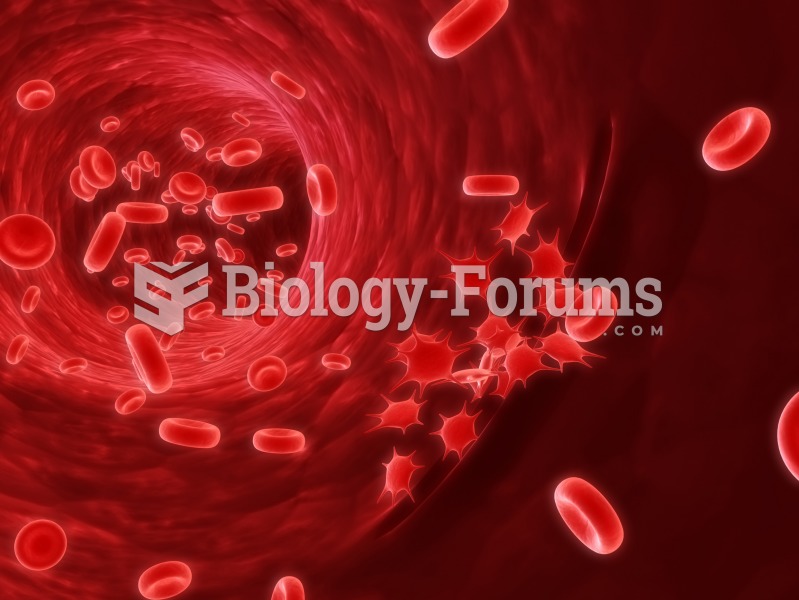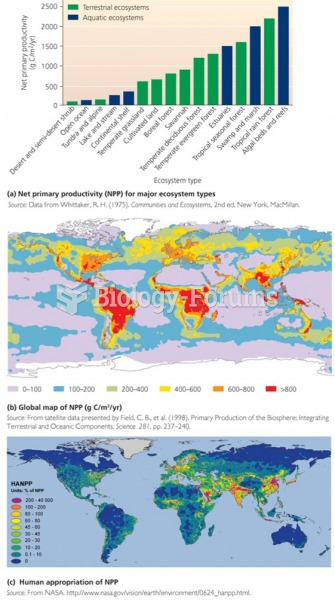Answer to Question 1
Correct Answer: 1,2
Rationale 1: Aldosterone acts on the distal tubules of the nephron to increase Na+ reabsorption and K+ and H+ excretion. The enhanced sodium reabsorption from both direct and indirect actions of angiotensin II causes the body to retain water, thus increasing blood volume and raising blood pressure.
Rationale 2: Aldosterone acts on the collecting tubules of the nephron to increase Na+ reabsorption and K+ and H+ excretion. The enhanced sodium reabsorption from both direct and indirect actions of angiotensin II causes the body to retain water, thus increasing blood volume and raising blood pressure.
Rationale 3: Aldosterone does not increase blood pressure by acting on Bowman's capsule.
Rationale 4: Aldosterone does not increase blood pressure by acting on the glomerulus.
Rationale 5: Aldosterone does not increase blood pressure by acting on the Loop of Henle.
Global Rationale: Aldosterone acts on the distal tubules and the collecting tubules of the nephron to increase Na+ reabsorption and K+ and H+ excretion. The enhanced sodium reabsorption from both direct and indirect actions of angiotensin II causes the body to retain water, thus increasing blood volume and raising blood pressure. Aldosterone does not increase blood pressure by acting on Bowman's capsule, the glomerulus, or on the Loop of Henle.
Answer to Question 2
Correct Answer: 2
Rationale 1: ACE inhibitors do not block the effects of angiotensin II, but of angiotensin I.
Rationale 2: ACE inhibitors prevent conversion of angiotensin I to angiotensin II.
Rationale 3: Angiotensin II does not convert to angiotensinogen.
Rationale 4: ACE inhibitors do not block renin.
Global Rationale: ACE inhibitors prevent conversion of angiotensin I to angiotensin II which controls blood pressure. ACE inhibitors do not block the effects of angiotensin II. Angiotensin II does not convert to angiotensinogen. ACE inhibitors do not block renin.







